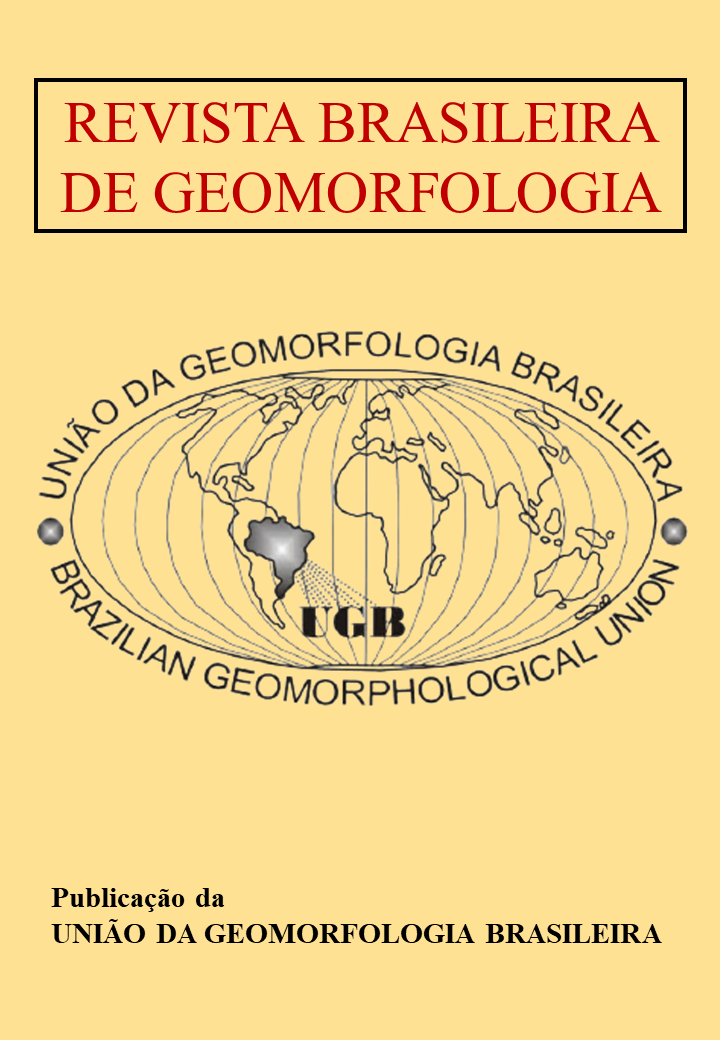How have bridges and culverts changed rivers? A scientometric investigation
DOI:
https://doi.org/10.20502/rbg.v26i2.2645Keywords:
Crossing structures, Fluvial geomorphology, Channel change, Fluvial engineeringAbstract
Bridges and culverts play a crucial role as connectors between river banks. However, these crossing structures alter sediment transport, flow regime, and river morphology. In this study, the aim was the scientometric analyses of studies on the morphological changes in fluvial landscapes caused by bridges and culverts with an analysis of the quantity and global distribution of scientific production. These analyses demonstrate that there is a geographical gap in characterising and quantifying geomorphological alterations. It is necessary to focus the need for additional research in diverse regions worldwide that quantify and characterises geomorphological changes according to the type of structures and their spatial distribution in the river, i.e., understanding how alterations occur upstream and downstream of the structures. Furthermore, it emphasises the importance of interdisciplinary collaboration between fluvial geomorphology and river engineering, which can enhance the development of new structural projects.
Downloads
Downloads
Published
How to Cite
Issue
Section
License

This work is licensed under a Creative Commons Attribution-NonCommercial 4.0 International License.
Author (s) retain copyright and grant the journal right of first publication with the work simultaneously licensed under the Creative Commons Attribution License that allows sharing the work with recognition of its initial publication in this journal.








